NVIDIA GeForce GTX Titan Video Card Review
NVIDIA GeForce GTX Titan Reference Card
The NVIDIA GeForce GTX Titan retains the industrial design look that was first used on the GeForce GTX 690, but that is fine with us as we like it!
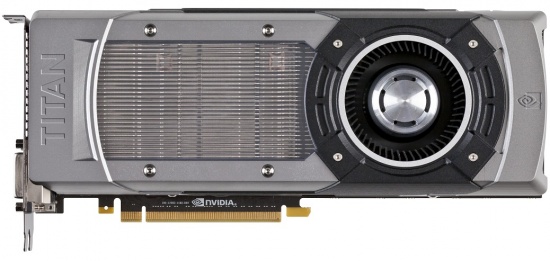
The GeForce Titan uses a silver aluminum casing for the cover and has a clear polycarbonate window that allows you to see the vapor chamber and dual-slot heatsink on the card.
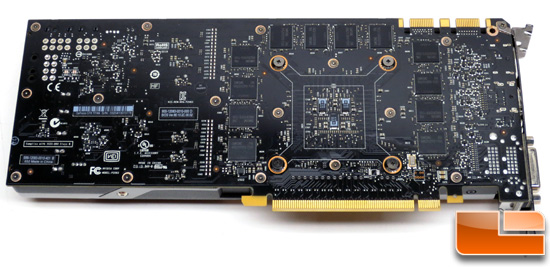
The back of the NVIDIA GeForce GTX Titan doesn’t have a backplate, but you can see some of the GDDR5 memory ICs that make up the cards massive 6GB frame buffer.
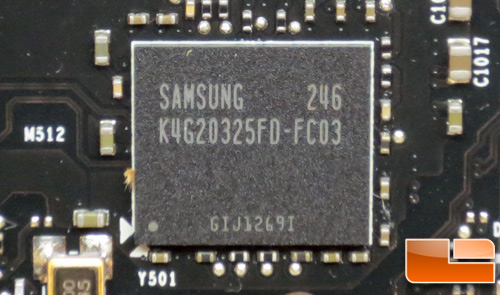
NVIDIA is using Samsung K4G20325FD-FC03 GDDR5 memory chips on the GeForce GTX Titan. These memory ICs are rated to run at 1500MHz and are the same ones used on the GeForce GTX 690 reference cards.
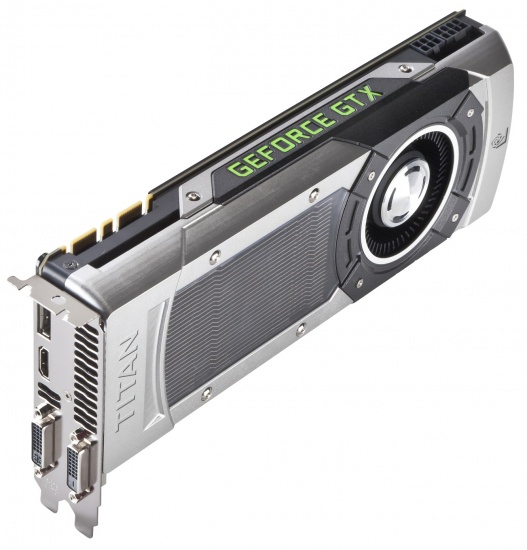
The GeForce GTX logo on the edge of the TITAN board is also LED backlit just like the one on the GeForce GTX 690! This LED acts as a power indicator, lighting up when the board is in use. The intensity of this LED can be manually adjusted using tools provided by select NVIDIA add-in card partners; you can even adjust the intensity based on GPU utilization, so the LED will shine brighter as GPU utilization increases.
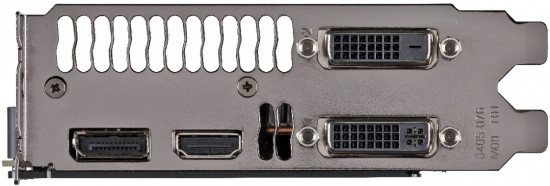
Display outputs include two dual-link DVIs, one HDMI and one DisplayPort 1.2 connector. This video card easily supports 4K resolution monitors and supports up to four monitors concurrently.
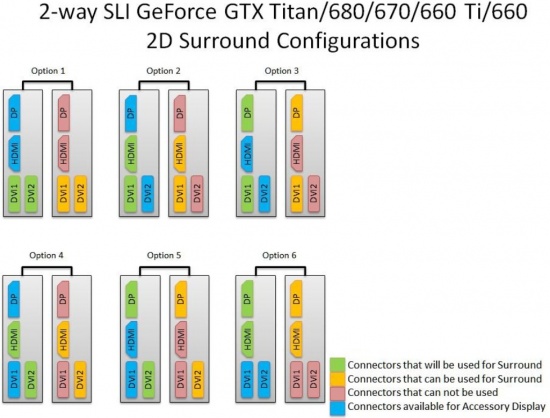
If you plan on setting up a 2D surround monitor configuration with three monitors be sure to plug your monitors into the right ports though as you can’t just use any old video output that you want!
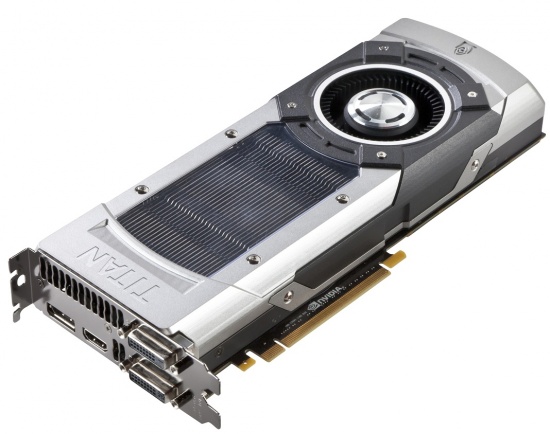
The NVIDIA GeForce GTX Titan looks good from any angle! It should be noted that the NVIDIA GeForce GTX Titan video card requires a 600 Watt or greater power supply. The NVIDIA minimum system power requirement is based on a PC configured with an Intel Core i7 3.2GHz CPU. This video card isn’t power hungry, so that is good news for all gamers.
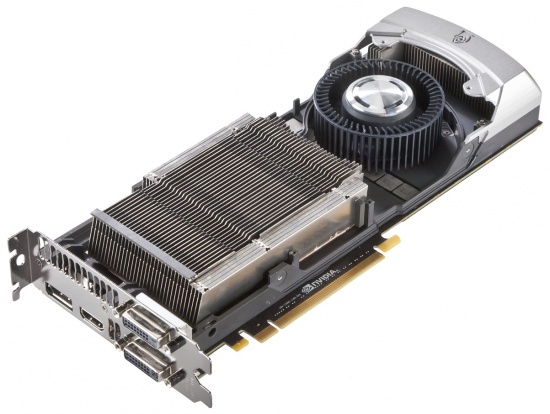
With the fan shroud removed off the NVIDIA GeForce GTX Titan you can see the GPU cooler. NVIDIA uses a copper vapor chamber that is connected to an extended fin stack to keep the Titan as cool as possible. They also started using a new thermal interface material from Shin-Etsu that has double the performance of the thermal compound used on the GeForce GTX 680. A large blower-style fan pushes cool air from inside the case across this cooling solution and exhausts the air from the case. The fan is balanced and has acoustic dampening material inside to get it as quiet as possible.
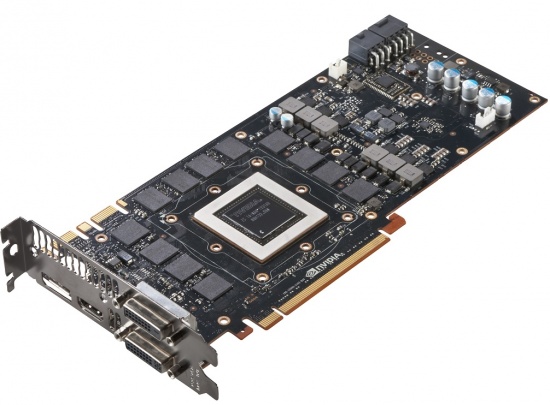
The NVIDIA GeForce GTX Titan has a 6-phase power supply with overvoltaging capability that handles the GK110 GPU and a 2-phase power supply for the boards 6GB of GDDR5 memory. This 6+2 phase design is enough handle the cards power needs at both default and overclocked settings. NVIDIA has been able to take Titan video cards to over 1.1GHz with ease thanks to GPU Boost 2.0 and this design.

Comments are closed.